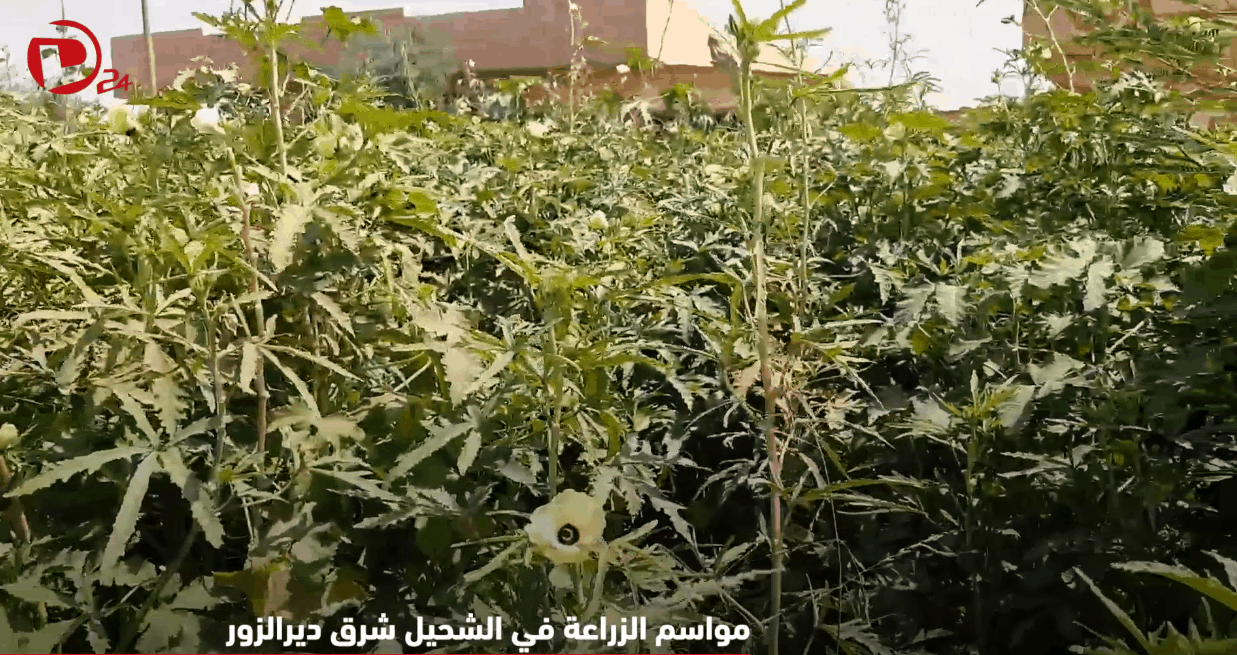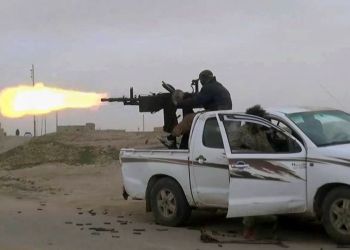This post is also available in:
![]() العربية
العربية
Today marks the fifth anniversary of Al-Shaitat Massacre, which is one of the largest massacres in the history of the Syrian revolution after the chemical massacre in Eastern Ghouta. It was committed by Daesh against Al-Shaitat tribe members in the eastern Deir Ezzor countryside as a result of their uprising against the organization during its takeover of Deir Ezzor province in 2014.
Between 1,000 and 1,200 people, mostly civilians, including women and children, were killed as a result of the massacre, according to documentations made by activists and human rights organizations, the numbers of the victims had increased many times for one year from the date of the massacre due to the discovery of mass graves in the area.
Through the massacre carried out against Al-Shaitat members, Daesh wanted to send a message to all those who oppose it in Deir Ezzor, which it had recently entered, and was seeking to force it into obedience after it was rejected by Deir Ezzor’s people at the beginning of its emergence in the province, so the massacre came as a response to the uprising carried out by Al-Shaitat tribe against Daesh after it took control of the eastern Deir Ezzor countryside due to its bloody practices in the region, which fuelled resentment against it, and led to uprising against it.
Where a number of Daesh members were killed, and its presence in several areas of the eastern Deir Ezzor countryside rapidly receded, which forced it to bring in new reinforcements from Iraq to quell the uprising and begin a mass retaliation against the population, killing them according to their identity and displacing them from their homes.
Al-Shaitat tribe lives in Al-Kashkiyah, Abu Hamam and Granij towns in the eastern Deir Ezzor countryside. Its members are estimated at 120,000 people. Daesh displaced them from these towns, and did not allowed them to return to their homes until nearly a year later.
It is worth mentioning that the fighters of Al-Shaitat tribe played a major role in fighting Daesh and expelling it from the area, as they had fought on several fronts since their departure from Deir Ezzor, most notably the fronts of the northern Aleppo countryside, They were the cornerstone in defending the region and facing the successive attacks of Daesh.












